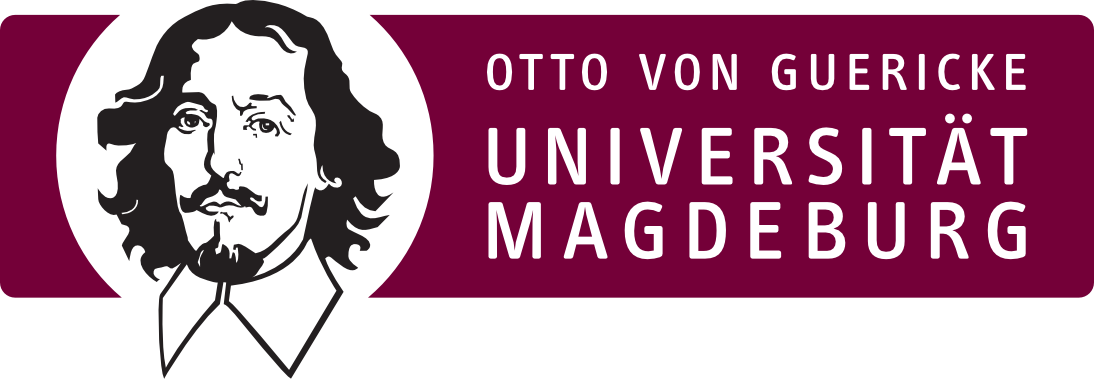
What do most people think of when they hear the word “evolution”? Probably not what Tobias Benecke means by it. For him, it is not about the history of the development of species, but algorithms. As in many other areas of science, in the Chair of Computational Intelligence at the University of Magdeburg, concepts from nature are used to drive forward scientific progress. More precisely, Tobias Benecke’s research deals with evolutionary algorithms, a class of optimization methods with a multitude of applications. Often they help to solve problems where there is such an enormous quantity of possible solutions that even high-performance computers cannot calculate every single one. That is why methods are needed that can search for good solutions more efficiently. And it takes a special person to make such an abstract topic easy to understand.
Happily for me, I have come across just such a person. Tobias Benecke, who completed both his Bachelor’s and Master’s degrees at the University of Magdeburg, is now working on his doctorate, for which he was awarded a bursary in 2021. As he pursues his doctorate he is working in the Chair of Computational Intelligence at the University of Magdeburg. Now even the most dogged defenders of paper and pencil are becoming aware of the ever growing importance of artificial and computational intelligence. But not many people are well versed in the processes behind these buzzwords.
Research into artificial intelligence often draws on biological approaches, something that is clear even to lay people when it comes to concepts such as artificial neural networks. Evolutionary algorithms, as the name suggests, are oriented towards the principle of evolution. As in nature, the algorithms are applied over generations. The first step is the formation of a group of possible solutions, the first generation. Individual solutions are then selected according to their fitness and the most promising are crossed with one another. But there is more to it than that, as even mutations are simulated in these calculations. The number of generations to be worked through can be decided in advance, and ultimately the result is a selection of potential candidate solutions with the genetic material of the particularly fit solutions.
Solving climate change together
Tobias Benecke provides the following practical example of this way of working: “There are problems for which one can neither calculate the optimum solution nor individually test every solution. I come from Wolfsburg, and so I always use the car as an example. Everyone wants the most aerodynamic, energy-efficient model. The different possible parts are, inspired by biology, represented by genes. Using these genes, the evolutionary algorithm now generates possible solutions over multiple generations, which are then evaluated. The best rated solutions have better chances of passing on their genes, whilst, as in biological evolution, less fit solutions eventually die out.”
After having so far conducted research into the subject of traceability in evolutionary algorithms, the opportunity has now presented itself to take part in a practical project. And here it becomes clear why Tobias Benecke embodies the motto “Rethinking the world together”. As he tells me about SmartProSys, his enthusiasm is positively palpable. And not without reason, since the University of Magdeburg excellence cluster initiative is really something else! Making a contribution to a more sustainable chemical industry with scientists from different subject areas is a motivating factor for Tobias. “Big problems cannot be solved by one discipline alone. And with such an enormous challenge as climate change, everyone has to work together,” says Tobias. The importance of interaction for mutual progress is something that he is also familiar with from his free time when he plays saxophone in the University of Magdeburg’s BigBand. In exactly the same way as everyone in the band harmonizes with and responds to others from a variety of different areas to eventually create something new, so it is in research too.
SmartProSys is, of course, only one step in the right direction, as he explains to me. The aim is to develop a value-added cycle in which the waste that is produced can be returned to the cycle and reused. Process engineering and chemistry are at the heart of the project, but other disciplines are also involved alongside the computer scientist. So, how can we too rethink the world together in future? “Interdisciplinary cooperations make it possible for us to approach problems where alone we are powerless.” In conclusion, the computer scientist reminds us that “even the best tool only helps if it is used in the right place”.
